2025南京、南昌、沈阳沉浸式英语夏令营:解锁语言潜能,见证"英语小达人"诞生记
作者:未知 时间:2025-06-27 阅读:( )
当别的孩子还在为背单词熬红双眼时,奇速英语夏令营的教室里已经响起了此起彼伏的笑声。在这里,英语不是枯燥的字母组合,而是能用来玩 “单词大富翁”“句式接力赛” 的魔法道具,是能让你在 8 天里实现 “看到单词就会读,读完就能记住” 的超能力。

开营第一天,当 “思维导图记单词” 的图片展示在屏幕上时,不少孩子都瞪大了眼睛。平时需要死记硬背的 “季节” 相关词汇,在老师的笔下变成了一棵枝繁叶茂的大树:树干是 “season”,四个主枝分别生长着 “spring”“summer”“autumn”“winter”,每个枝桠上还绽放着 “bloom”“sunshine”“harvest”“snowflake” 等衍生词汇,像结满了彩色果实。来自成都的小宇举着马克笔在海报上添了片 “leaf”,笔尖的动作比平时写作业快了三倍,“原来单词不是孤立的,它们像亲戚一样连在一起!”
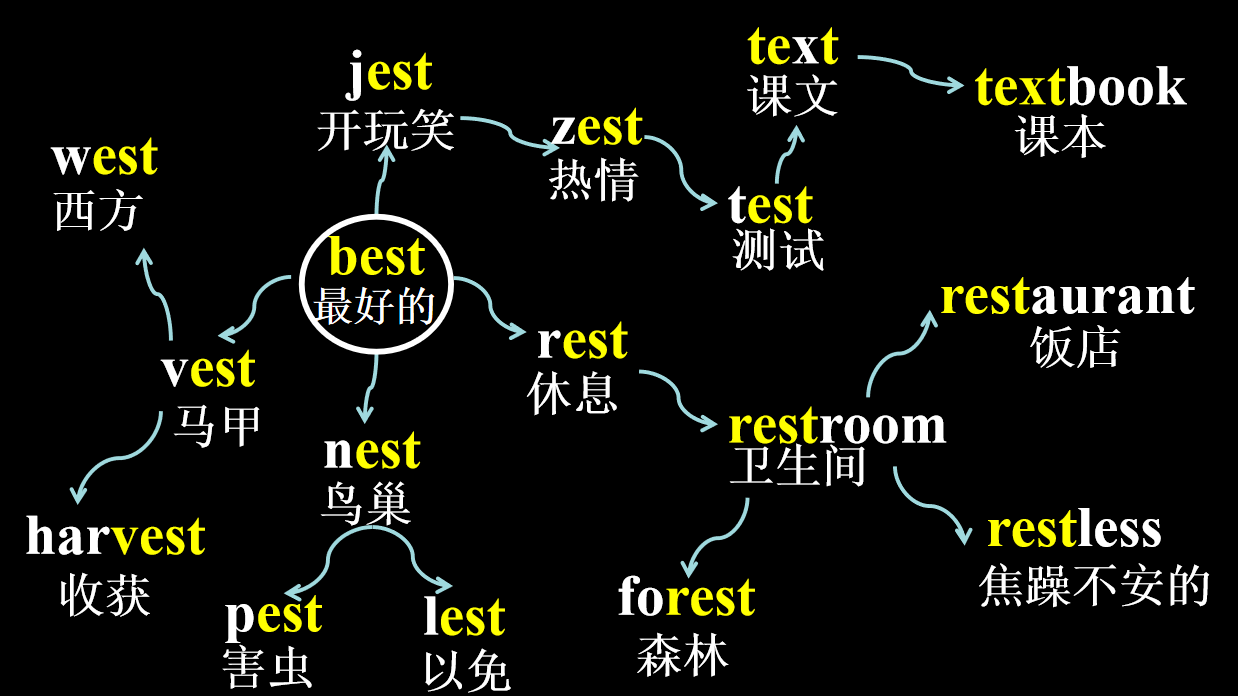
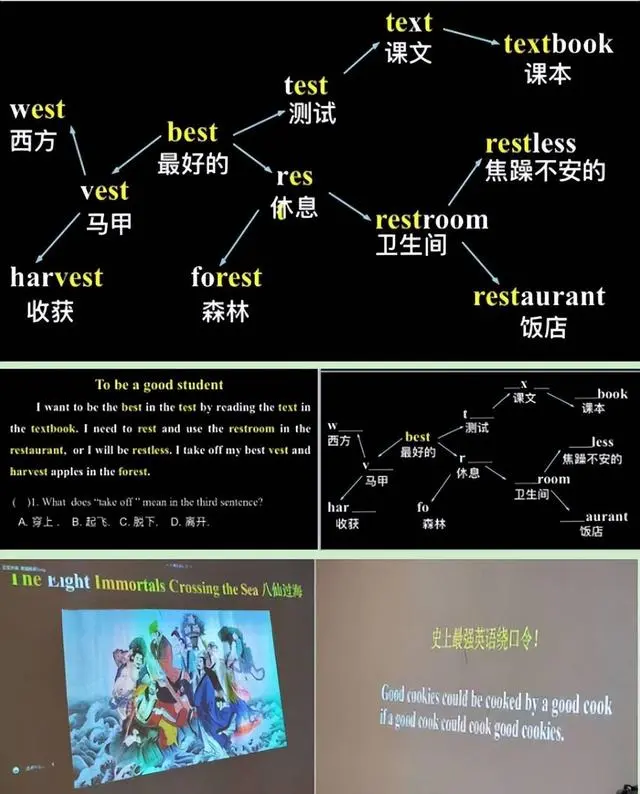
课堂上,趣味互动活动丰富多彩。英语版的 “你画我猜” 游戏,让学生们在欢声笑语中强化对单词的理解和表达;情景模拟活动更是将英语学习与实际生活紧密相连。 通过这样的实践,口语表达能力得到显著锻炼,曾经不敢开口说英语的学生,也能自信地用英语交流。

这里的学习氛围浓厚而热烈。同学们来自不同地区,却因对英语的热爱相聚于此。在小组合作学习中,大家积极交流、互相启发,共同攻克英语学习中的难题。
奇速英语夏令营的师资力量也十分雄厚。老师们不仅具备扎实的专业知识,还拥有丰富的教学经验和独特的教学方法。他们关注每一位学生的学习进度和个性特点,因材施教,为学生提供精准的学习指导。无论是课堂上的生动讲解,还是课后的耐心答疑,老师们都全力以赴,助力学生在英语学习的道路上稳步前行。

奇速英语夏令营,为学生们打造了一个充满活力与收获的英语学习殿堂。在这里,学生们点燃对英语学习的热情,实现英语能力的飞跃,为未来的学习和发展奠定坚实基础。

2025奇速英语夏令营火热报名中!了解更多详情添加老师微信:15756677907
-
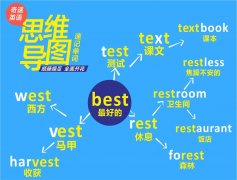
四川省成都市2026寒假英语逆袭!奇速英语夏令营:8 天突破词汇 + 口语,开学惊艳所有
(193)人喜欢 2025-11-05 -
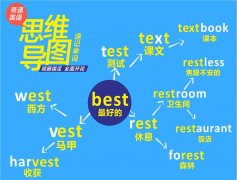
上海2026寒假英语逆袭!奇速英语夏令营:8 天突破词汇 + 口语,开学惊艳所有人
(66)人喜欢 2025-11-05 -
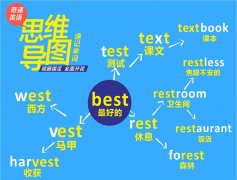
北京2026寒假英语逆袭!奇速英语夏令营:8 天突破词汇 + 口语,开学惊艳所有人
(145)人喜欢 2025-11-05 -

贵州省贵阳市/遵义市奇速英语夏令营:一场让英语能力飞涨的暑期之旅
(180)人喜欢 2025-08-01 -

海南省海口市/三亚市奇速英语夏令营:一场让英语能力飞涨的暑期之旅
(79)人喜欢 2025-08-01 -

广东省广州市/深圳市/珠海市奇速英语夏令营:一场让英语能力飞涨的暑期之旅
(201)人喜欢 2025-08-01 -

福建省福州市/厦门市奇速英语夏令营:一场让英语能力飞涨的暑期之旅
(142)人喜欢 2025-08-01 -

浙江省杭州市/宁波市/温州市奇速英语夏令营:一场让英语能力飞涨的暑期之旅
(148)人喜欢 2025-08-01 -

江西省南昌市奇速英语夏令营:一场让英语能力飞涨的暑期之旅
(143)人喜欢 2025-08-01 -
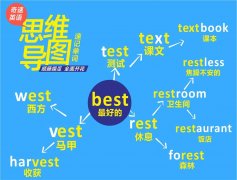
安徽省合肥市奇速英语夏令营:一场让英语能力飞涨的暑期之旅
(198)人喜欢 2025-08-01

告别死记硬背 ▏31 届奇速冬令营,思维提分两不

深耕 30 届 口碑之选 ▏奇速冬令营,赋能三万学

寒假英语逆袭首选 ▏奇速冬令营,思维导图记词 +

31 届奇速英语冬令营 荣耀启航 ▏7 天吃透 3 年

南宁海口奇速故事闯关背单词!这个寒假,英语提

长沙广州奇速英语思维导图故事记单词!这个寒假

长沙广州奇速英语思维导图故事记单词!这个寒假

别再等开学逆袭!郑州武汉奇速英语冬令营,寒假

不止提分!南昌济南奇速英语冬令营,给孩子受益

这个寒假超“燃”!合肥福州奇速英语冬令营,让

打破英语学习魔咒!南京杭州奇速英语冬令营,重

寒假不虚度!哈尔滨上海奇速英语冬令营,让孩子

寒假不虚度!沈阳长春奇速英语冬令营,让孩子带

这个寒假,让英语逆袭!太原呼和浩特奇速英语冬

这个寒假,让英语逆袭!北京石家庄奇速英语冬令

奇速英语冬令营—思维导图记单词

科学破局高中英语困局·成都营地专属邀约

英语提升愁云不散?兰州/昆明/长沙奇速冬令营,

告别英语提分困境!长春哈尔滨上海奇速英语冬令

扫清英语提分障碍!成都贵阳奇速英语冬令营,寒
